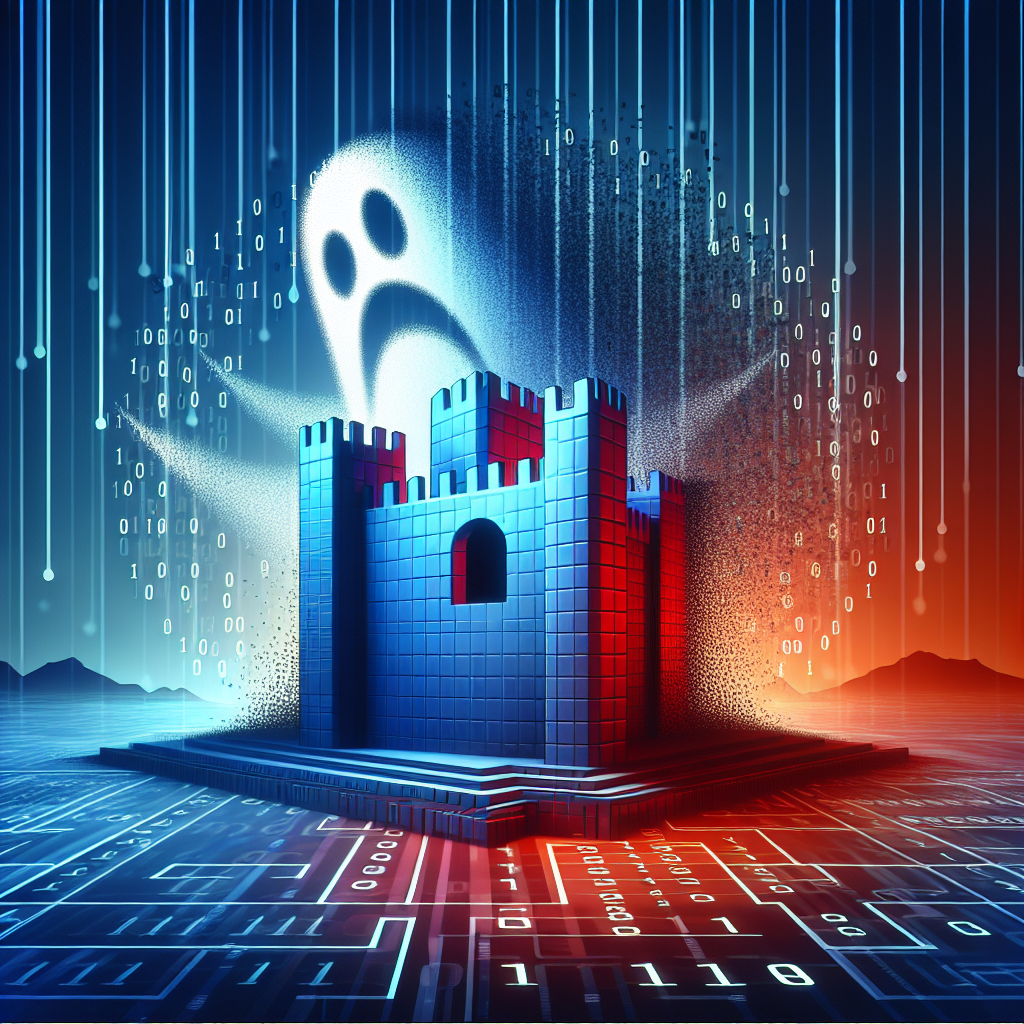Your cart is currently empty!
Disaster Recovery in the Age of Cyber Threats: How to Stay Secure

In today’s digital age, businesses face an increasing threat from cyber attacks that can disrupt operations and compromise sensitive data. With the rise of ransomware, phishing scams, and other malicious threats, it’s more important than ever for organizations to have a solid disaster recovery plan in place to protect against potential cyber disasters.
Disaster recovery planning involves preparing for the worst-case scenario and ensuring that systems and data can be quickly restored in the event of a cyber attack or other disaster. This includes backing up important data regularly, identifying critical systems and processes, and developing a response plan to address potential threats.
One key aspect of disaster recovery planning is implementing strong cybersecurity measures to prevent attacks from occurring in the first place. This includes using firewalls, anti-virus software, and other security tools to protect against malware and other cyber threats. It’s also important for businesses to train employees on how to recognize and respond to potential security risks, such as phishing emails or suspicious websites.
In addition to prevention measures, businesses should also have a plan in place to respond to cyber attacks if they do occur. This includes having a team of experts who can quickly assess the situation, contain the attack, and restore systems and data as quickly as possible. It’s also important for organizations to regularly test their disaster recovery plans to ensure they are effective and up to date.
Another important aspect of disaster recovery planning is ensuring that data backups are secure and easily accessible in the event of a cyber attack. This includes storing backups in a secure offsite location, such as a cloud-based storage service, and regularly testing the backups to ensure they can be quickly restored in the event of a disaster.
Overall, disaster recovery planning is essential for businesses to protect against cyber threats and ensure they can quickly recover from potential disasters. By implementing strong cybersecurity measures, developing a response plan, and regularly testing backups, organizations can stay secure in the age of cyber threats and protect their operations and data from potential harm.

Leave a Reply